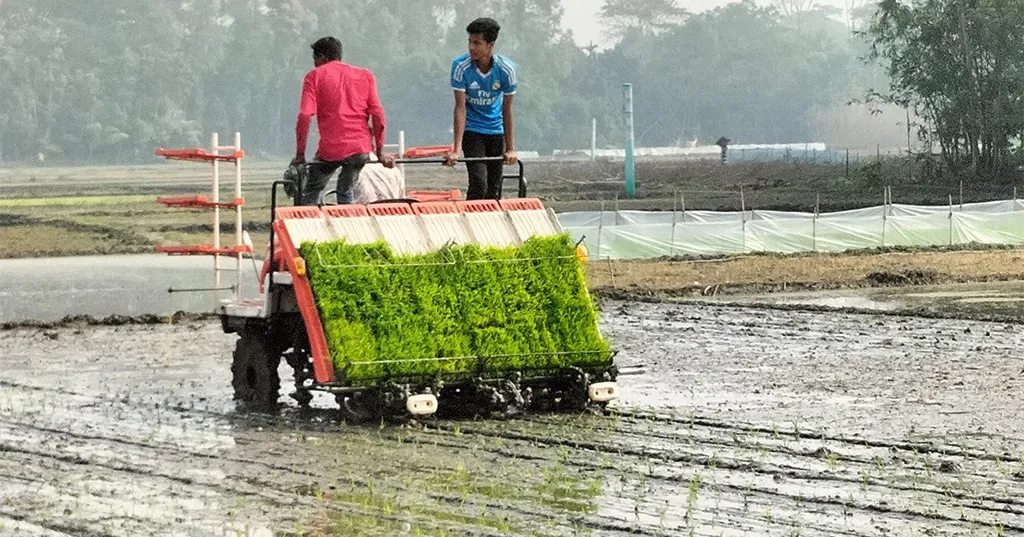In the heart of Bangladesh, a team of researchers has developed a groundbreaking system that could revolutionize the way we approach agriculture and environmental monitoring. Led by Md Jahidul Hoq Emon from the Department of Electrical and Electronic Engineering, this innovative framework combines the power of the Internet of Things (IoT), machine learning, and sensor networks to create intelligent agricultural solutions.
The system, detailed in a recent study published in the *Journal of Computer Networks and Communications* (translated as *Journal of Computer Networks and Communications*), is a testament to the potential of integrating cutting-edge technologies in agriculture. At its core, the system utilizes a range of environmental sensors, including DHT11, soil moisture probes, BMP180 pressure modules, MQ-4 gas detectors, rain detection sensors, and HC-SR04 ultrasonic modules. These sensors are interfaced via custom-designed printed circuit boards (PCBs) fabricated using Proteus software, providing a robust hardware backbone for real-time data acquisition.
“The integration of low-power hardware, efficient PCB layouts, cloud-based dashboards, and lightweight machine learning models has resulted in a scalable, portable, and cost-effective smart farming solution,” Emon explained. This system not only monitors environmental conditions but also makes intelligent decisions based on real-time data, such as activating irrigation systems when necessary.
One of the most compelling aspects of this research is its potential to transform the energy sector. By optimizing resource utilization and improving crop management, this technology can significantly reduce the energy footprint of agricultural operations. “Our system offers significant potential for sustainable agriculture in resource-constrained settings,” Emon noted. This could be a game-changer for regions where energy resources are limited, providing a sustainable and efficient way to manage agricultural practices.
The system’s ability to transmit data to cloud platforms through Adafruit IO for remote visualization and analysis further enhances its utility. This feature allows farmers and agricultural managers to monitor conditions and make informed decisions from anywhere, at any time. The integration of machine learning models, including Random Forest and XGBoost classifiers, trained on features extracted from VGG16-based image processing, ensures high accuracy in classifying plant health conditions.
As we look to the future, the implications of this research are vast. The integration of IoT, machine learning, and sensor networks in agriculture could pave the way for more intelligent, efficient, and sustainable farming practices. This technology has the potential to shape the future of agriculture, making it more resilient and adaptable to changing environmental conditions.
In conclusion, the work of Md Jahidul Hoq Emon and his team represents a significant step forward in the field of agricultural technology. Their innovative framework not only addresses current challenges in agriculture but also offers a glimpse into the future of sustainable farming. As we continue to explore the possibilities of integrating advanced technologies in agriculture, the potential for positive impact on the energy sector and beyond is immense.

